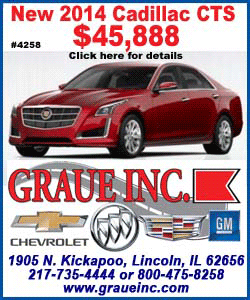|
 While windshields blocked the vast majority of ultraviolet (UV)
radiation from the sun, car door windows offered varying levels of
protection from the rays that are tied to cataracts and skin aging. While windshields blocked the vast majority of ultraviolet (UV)
radiation from the sun, car door windows offered varying levels of
protection from the rays that are tied to cataracts and skin aging.
"Some cars were as low as 50 percent blockage," said researcher Dr.
Brian Boxer Wachler of the Boxer Wachler Vision Institute in Beverly
Hill, California.
"Even cars that came with factory tint, there was no guarantee that
would protect against UV rays," he told Reuters Health.
UV rays account for a small portion of the sunís rays but are the
most damaging to human skin. UV-A rays are the most common and
penetrate most deeply, according to the Skin Cancer Foundation.
Because drivers in the U.S. have their left side exposed to
sunlight, UV rays have been blamed for the increased number of
cataracts and skin cancers that occur on the left side, Boxer
Wachler writes in JAMA Ophthalmology.

UV rays can pass through clouds and glass. To see whether car
windows are protective, Boxer Wachler took a UV-A light meter to a
number of Los Angeles car dealers on a cloudless May day in 2014.
He tested 29 cars from 15 different manufacturers, made between 1990
and 2014.
On average, car windshields blocked about 96 percent of UV-A rays.
The protection afforded by individual cars ranged from 95 to 98
percent.
But side door windows were far less dependable. The percentage of
UV-A rays blocked varied from 44 percent to 96 percent. Only four of
the 29 cars had windows that blocked more than 90 percent of UV-A
rays.
"It had no correlation at all with the cost of the car, high-end car
or low-end car," said Boxer Wachler.
Windshields are more protective than car door windows because they
must be made of laminated glass to prevent shattering, writes Dr.
Jayne Weiss in a commentary published with the study. Car door
windows, however, are usually just tempered glass.
[to top of second column] |

"Donít assume because you are in an automobile and the window is
closed that you're protected from UV light," she told Reuters
Health.
"For the eyes, your best bet is to get sunglasses that block UV-A
and UV-B light and wraparound the face," said Weiss, who directs the
Louisiana State University Eye Center of Excellence in New Orleans.
Some of the car windows in this study let in enough UV-A rays to
affect skin health, said Dr. Paul Nghiem, who heads the division of
dermatology at the University of Washington in Seattle.
"Wearing long sleeve clothing, or sunscreen that is 'broad spectrum'
would be extremely effective and seems indicated on long drives on
sunny days," Nghiem, who was not involved with the new study, told
Reuters Health by email.
People can also get clear UV filters added to their car windows to
protect from the damaging rays, said Boxer Wachler.
SOURCE: http://bit.ly/1s2rp6t and http://bit.ly/1XnFyHu JAMA
Ophthalmology, online May 12, 2016.
[© 2016 Thomson Reuters. All rights
reserved.] Copyright 2016 Reuters. All rights reserved. This material may not be published,
broadcast, rewritten or redistributed.


|